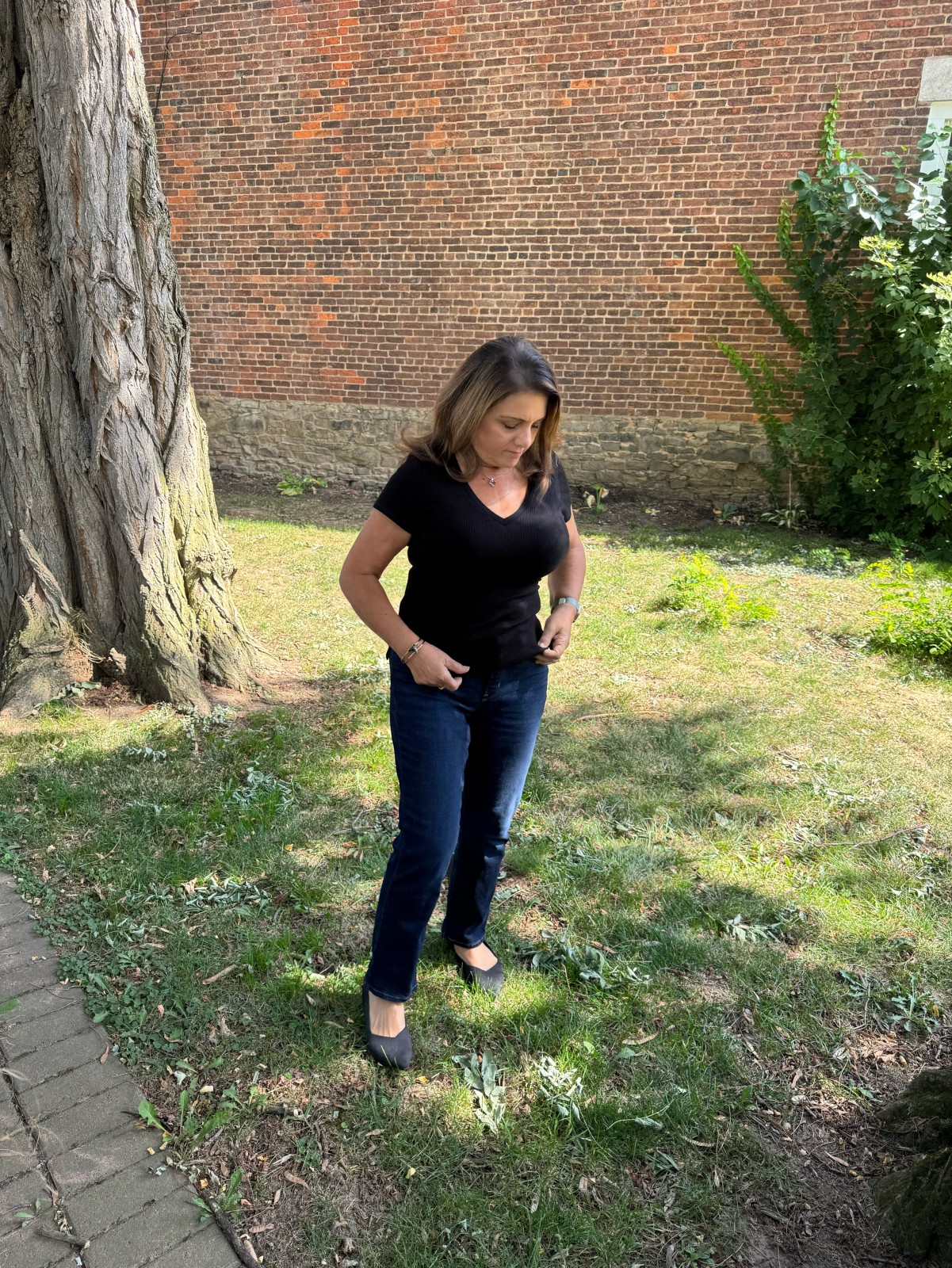
Weather changes usually cause a series of changes in our health to the extent that we have actually designated certain disorders as “seasonal diseases”. A healthy lifestyle tends to help prevent these disorders and reduce their intensity. This article will look at how cold weather affects arthritis.
Although cold weather brings relief to people who live in warmer areas, it can be a threat to those who suffer from arthritis. People who suffer from this disease believe that the winter season further enhances it.
Many researchers have studied this issue, but so far no one has been able to find a single reason for this. Nevertheless, a number of studies suggest various things that can cause this.
How does cold weather affect arthritis?
People who suffer from arthritis tend to experience more pain in cold weather compared to warmer climates. Symptoms of arthritis worsen during the winter season. On dry and warm days, they experience less pain in the body. This is due to weather sensitivity.
Although the exact cause of this is unknown, several studies have been conducted. Which shows why this happens and whether winters are really associated with arthritis or not.
Humidity changes can affect arthritis symptoms
One study showed that humidity or air humidity, accompanied by high or low temperature, leads to damage to aching joints. Even though it was carried out on an animal model, it provides sufficient information about the destruction of cartilage and bone cells in cold weather.
Another study in people with arthritis showed that moisture along with cold weather causes a sudden increase in joint pain. Children are also at risk for developing arthritis. The most common type is known as juvenile rheumatoid arthritis. The expression of this disease, such as joint pain, may increase due to sudden changes in temperature and weather. Cold weather negatively affects these symptom.
Cold weather can cause pain sensitivity
The study showed that people with arthritis, especially those belonging to older age groups, are sensitive to weather changes. And they experience more pain when the temperature drops.
It was found that the winter season is associated with increased pain and soreness in the joints of the body. It also increases blood flow. When this happens, more blood collects in the affected joint and causes redness and swelling. It also increases pain sensitivity by stimulating nerves in the area.
Changes in atmospheric pressure can worsen arthritis symptoms
Observations made in patients with rheumatoid arthritis have suggested that atmospheric pressure is associated with joint pain. Similar results were found among people with arthritis in the hip joint. Humidity also contributed to symptoms along with air pressure.
Atmospheric pressure is the force exerted by the weight of air in a certain unit of area. When the temperature drops in cold weather, atmospheric pressure also decreases. The atmosphere constantly puts pressure on our body. This high pressure allows the tissues present in the body to remain compressed.
Due to the decrease in barometric pressure in the winter, these body tissues increase in size. This expansion puts pressure on the nerves present in this area, which in this case is the joint.
There is tissue swelling and increased pain due to narrowing of the nerves. External exposure to affected joints can help reduce pain and relieve it by controlling the inflammation caused by arthritis.
In addition, high atmospheric pressure, which is associated with high temperatures and warmer conditions, also helps to reduce joint swelling. Sudden changes in the weather can also cause an outbreak of pain.
Decreased physical activity in winter may exacerbate arthritis
The person’s training regimen is of great importance. In most cases, people who are very active on warm days, that is, in summer, significantly reduce their physical activity in winter.
This can also be due to shorter day lengths during the winter season. As soon as the weather is cold, it becomes very difficult for everyone to get out of a warm bed and leave home to play sports.
People with arthritis are usually less active outdoors than those who do not have this disease. They feel their body becomes stiff and their joints hurt when moving in winter.
This can be prevented to some extent by training the joints daily. People should not go outside for this. Even training for a short period of time at home would do wonders for their health.
Source: https://arthritisco.com/
















0 Comments